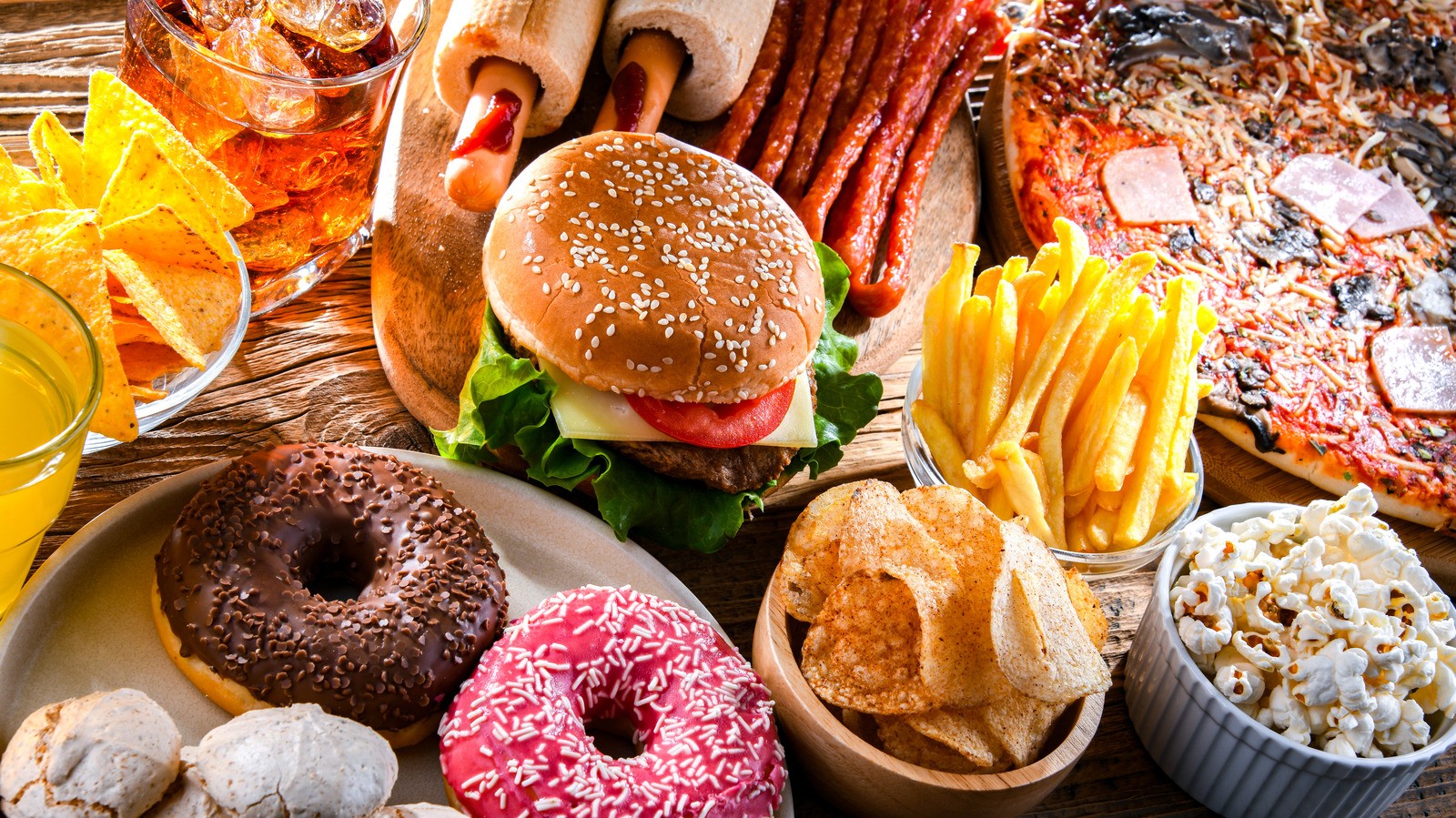How Changes to FMCG Advertising Impact Brand Campaigns: What You Need to Know
August 28th 2025

The landscape of FMCG advertising is undergoing significant shifts, driven by stricter regulations on marketing less healthy products. With new rules governing TV commercials, and digital platforms, FMCG brands need to adapt to ensure compliance without compromising their marketing efforts.
What and why are they?
Brought in to tackle childhood obesity and related issues, the regulations specifically target the less healthy food and drink products.
This means that certain rules apply to certain media platforms:
- TV – Ads for less healthy products are banned between 5:30 am and 9:00 pm (includes terrestrial, on demand and streaming platforms)
- Radio – ads for less healthy products are prohibited between 5:30 am and 9:00 pm (streaming services are exempt)
- On-Line – Paid-for ads for less healthy products targeting UK users are banned at all times (Does not apply to organic social media content, influencer marketing)
- OOH – Ads still allowed (subject to supplier and local council restrictions)
How can these advertisers respond to the new regulations?
FMCG advertisers will need to adjust their strategies to comply with the new advertising regulations for less healthy products.
They could consider:
1. Reviewing/Redesigning Campaigns
- Focus on advertising healthier alternatives.
- Shift messaging towards nutritional benefits.
- Ensure ads do not target children or air at prohibited times
- Refine targeting strategies to avoid restricted age groups
2. Engage in Ethical and Transparent Marketing
- Advertisers must clearly communicate health claims, nutritional information, and product ingredients to build trust and ensure compliance.
- Encourage messages of moderation, healthy eating, and balanced diets
- Increase use of OOH and use data-driven advertising and mobile ads tailored to specific times and locations to reach targeted audiences.
3. Stay Updated with Policy Changes
- Keep up-to-date with further changes to advertising regulations in different regions and adjust marketing strategies accordingly.
- Participate in discussions and consult with legal teams to understand the finer details of the regulations.
How have advertisers responded to the changes so far?
- OOH & TV ads have seen advertisers shift to featuring healthier product lines – ie low sugar/low fat. Nestlé and Unilever have used billboards and transit ads to promote products with improved nutritional profiles.
- Some brands have changed the placement of ads based on time-of-day ie. Ads for indulgent snacks like crisps or sweets may now appear in adult-focused locations like pubs, train stations, or areas near offices.
- Targeted Digital Billboards: With the rise of digital OOH, FMCG brands are now using real-time targeting and dynamic content, adjusting the message based on audience data (e.g., time of day, location, demographics). Digital billboards can easily rotate between different product lines, including healthier options during times restricted for less healthy foods.
- TV – FMCG brands are promoting a Healthy Product Emphasis in Daytime Slots and are shifting their messaging towards more holistic narratives.
- With the ban on targeting children, brands have become more creative, opting for animated characters or CGI to create engaging, educational, and entertaining content. Ie Kellogg’s have featured the chicken character from their cereals.
At The Media Angel, we understand the complexities of FMCG advertising and the challenges posed by new regulations. If you’re feeling uncertain about your ad placements, messaging, or campaign strategies, our team is here to help. We specialise in making sure your ads are in the right places at the right times, ensuring compliance while keeping your brand’s message strong and engaging.
Don’t risk running afoul of the latest advertising rules—contact us today at The Media Angel, and let us guide you through the changing landscape of FMCG advertising.